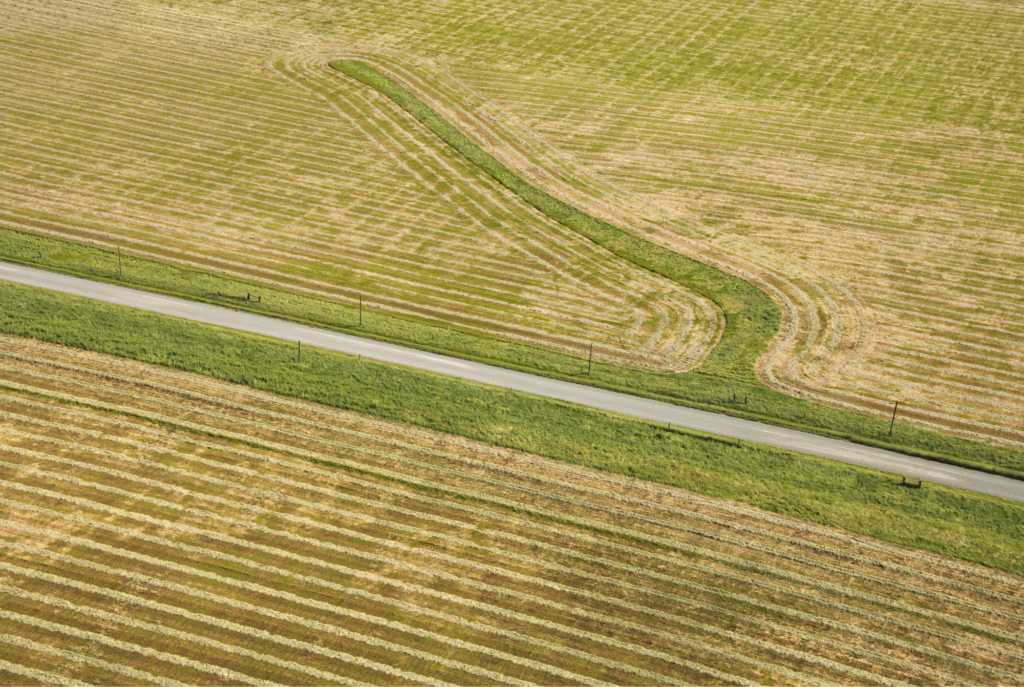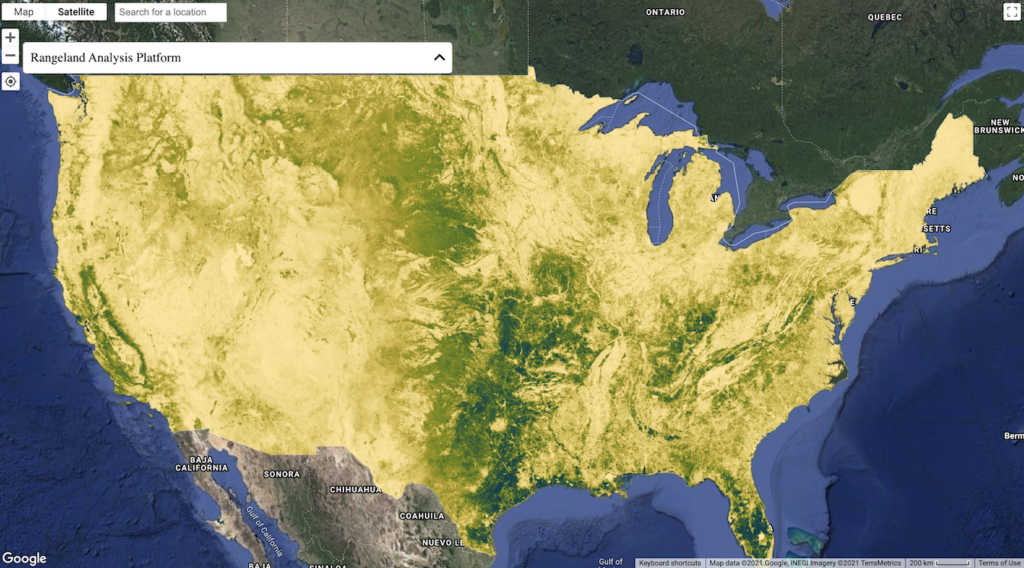The Legacy of Allotment on Contemporary Native Agriculture

In this storymap, we explore recent data from the USDA Census of Agriculture for American Indian Reservations to illustrate the devastating and intergenerational impacts of the Dawes Act. Although we trace current disparities back to their roots in oppressive agricultural policies, Native communities across the country have been leading efforts to change the narrative.
Forest Lands Viewer

This map shows the canopy cover percentages and land cover types on Reservations and USFS lands.
ARMP-IRMP-Data Portal

ARMP-IRMP Planning Portal A Toolkit for Tribal Resource Management Plans Welcome to the ARMP-IRMP Data Portal This resource was developed by the Native Lands Advocacy Project in partnership with the Intertribal Agriculture Council and the Indian Land Tenure Foundation to assist Tribes in the development of Agriculture Resource Management Plans (ARMPs) and Integrated Resources Management Plans […]
Rivers of Broken Promises: An Exploration of the Water Challenges Faced by Lakota Communities

This blog is the first of two posts analyzing the challenges Native communities face in accessing clean, sustainable water.
Surface Waters on Native Lands Dashboard

About this Dashboard This data includes the USGS’s National Hydrography Plus Dataset V2 (NHDPlus), released in 2012, and the 2021 TIGER Boundaries for U.S. American Tribal lands as of January 1st, 2021, as reported by the federally recognized tribal governments through the Census Bureau’s Boundary and Annexation Survey (BAS). Overlapping features and associated data from […]
Announcing Update to our Cropland Data Layer Dashboard!

Our “What’s Growing on Native Lands?” Dashboard is now updated with the 2021 data from the United States Department of Agriculture’s (USDA) Cropland Data Layer, making our dashboard a more timely resource for Native land caretakers to use in monitoring the status of their homelands! According to the the USDA, the Cropland Data Layer (CDL) is […]
New Updates to our SSURGO (Soil Survey) Dashboard!

We have compiled and uploaded the most recent data from the 2021 Soil Survey Geographic Database (SSURGO) into our “Soil Capability on CONUS Native Lands” Dashboard! According to the Natural Resources Conservation Service (NRCS), The SSURGO database provides the most detailed level of information and was designed primarily for farm and ranch, landowner/user, township, county, […]
Announcing Our New “Preserving Intact Habitat on Native Lands” Storymap!

What is intact habitat, and why is it important? How has preserving intact habitat been the key to addressing tribal priorities? What resource tools exist for tribes to utilize in their own intact habitat planning? To help answer these questions and more, NLAP is happy to announce our new storymap, Preserving Intact Habitat on US […]
Preserving Intact Habitat on US Native Lands

In this interactive storymap, we walk through the importance of habitat connectivity for Native lands in the United States, approaches to promoting habitat connectivity provided by Esri, and how different data tools — one of which being our very own intact habitat layer — may be used for further tribal protection of their homelands and non-human relatives.
RAP – Rangeland Analysis Platform

Fast, powerful, and free, the Rangeland Analysis Platform is an innovative online tool that quickly visualizes and analyzes vegetation data for the United States. Launch the app to examine trends at pasture, ranch, watershed, or broader scales. Datasets include:
Announcing New Updates to Our National Land Cover Database Dashboard!

By Raven McMullin // April 18, 2022 NLAP remains committed to making available to Tribes, Native organizations, and land caretakers the most relevant and current data critical for Native land planning and research. In furtherance of this commitment, we are excited to announce new updates to our National Land Cover Database Dashboard (NLCD) along with a […]
Top 10 Native Lands in the Food-System Transition Index of 2020


